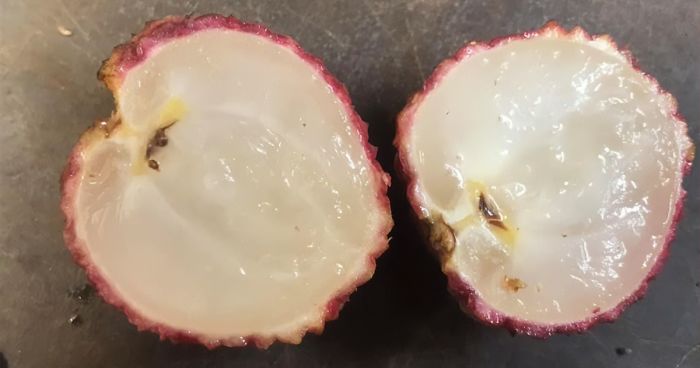
Having Spent $5,000 19 Years Ago On A Lychee Tree From China, This Farmer Has Successfully Bred Seedless Lychees From It
Having been brought up in a culture that values all things homegrown, I have a special appreciation for fruit and vegetables. Harvesting it all tends to be a bit of a hassle, but it’s always worthwhile.
Everyone has their favorites. The banana seems to be the best choice among the people I know: it’s an optimum-sized fruit that is not messy and, above all, doesn’t have any seeds or pits. In fact, these are the main criteria that determine how popular a fruit will be. Well, the market hears that and delivers.
Meet Tibby Dixon, the man who grew the first ever seedless lychee fruit in Australia
Image credits: Camilleri’s Farm Market
19 years ago, a farmer by the name of Tibby Dixon from North Queensland, Australia bought a lychee (pronounced lie-chee, rhymes with crikey) tree from China. He spent $5,000 Australian dollars on this purchase with the hopes of breaking away from traditional fruit farming & starting to experiment with new fruit varieties that would be sold to other farmers.
Well, fast forward all those years and this same farmer successfully grows the first seedless lychee fruit in Australia. It took him nearly 20 years of painstaking work with selective breeding from just one tree to pull this off. Sounds amazing, doesn’t it?
Image credits: Camilleri’s Farm Market
It took him 19 years to selectively breed the seedless variety of lychee fruit
Image credits: ABC / Melanie Groves
These newly-bred seedless lychees are considered a medium-size fruit, roughly 4–5 centimeters (1.5–1.9 inches) in diameter. It comes in varying shades of red, ranging from raspberry to dark cherry red. The inside is white and squishy—and, of course, seedless.
Lichees (Lat. Litchi chinensis) are the only members within the genus Litchi of soapberry family (Lat. Sapindaceae). It is a tropical fruit tree hailing from Southeast China, cultivation records of which date back to the 11th century. While China is the largest producer of lychee fruit, other countries in Southeast Asia, the Indian Subcontinent, and South Africa also grow them.
Image credits: ABC / Melanie Groves
Dixon initially paid 5,000 dollars for his first lychee tree, which was brought in from China
Image credits: ABC/ Renee Cluff
Growing the seedless lychees was a bit of a challenge for a number of reasons. Besides selective breeding and cross-pollination requiring knowledge and skill, time is also a necessity as several generations of plants have to pass until the desired plant characteristic develops. Apart from that, it also demands proper tools and labor. And even then it is all up to chance because of genetics.
Even though it is difficult to explain the seedless lychee’s taste as everyone experiences it differently, the best that Mr. Dixon could explain was that it tastes a little bit like a pineapple. What is definitely sure is that it is taste-wise very different from all of the cultivars available.
Image credits: ABC / Derek Foley
Camilleri’s Farm Market also shared a video of Dixon introducing the new seedless lychees
Video Source: Camilleri’s Farm Market
Tibby Dixon has been growing lychees for nearly 40 years now, all in Sarina, Queensland. For the last 10 years, he made sure to always have new varieties of lychees.
He was able to harvest a few kilograms of the seedless lychees this time around. So, putting the new-found fruit on store shelves won’t be possible for another several years. However, the farmer is planning on growing the trees to establish more plants, eventually leading to the commercialization of the seedless fruit.
What are some of your favorite fruits? Let us know in the comments below!
In China we have a beautiful love story about lichee: in Tang Dynasty there was a Imperial concubine who loves lychee, but lyvhee only grews in southern China while the capital at that time was in northern China. So the emperior send fast carriage to bring fresh lychees to his concubine everyday. After that, we say :" when we saw fast horses runing, we know it's lychees coming." and now we have a lychee breed named" the smile of Imperial concubine"
This is great! I love lychees but the seeds are just so annoying.
I don't mind the seeds. I actually think seedless fruits are not as good as the ones with seeds. For example, watermelon. Seeded watermelons are sweeter.
I agree with you, some tile ago in dw was a documentary related with it, apples with no seed were fruit of human pollination with comedones (?) The apples were bigger but not as much as it is in natural condition
Load More Replies...This is exactly why bananas face an uncertain future. This has the potential to be a catastrophic path to go down
Bananas are a sterile hybrid of two other plants, nearly all are genetically identical across the world's main producers, so they are susceptible to disease in that if a disease affects one plant bone of the others will be resistant and huge swathes of the worlds banana crop will die off. It happened before a few decades ago. I don't think this has anything to do with selective breeding, I think selective breeding is next to impossible as there is no crossing between generations, just the continuous repetition of copies of the same plant from suckers.
Load More Replies...I love lichies. Wish they were available all year round. If someone could invent a lichie peeler, that would be great.
So much yes! Will they be more expensive sine you get more lychee in lychee 😂
They taste good though. I’m not so sure about the smell being like throw up
Load More Replies...Eating seedless lychees seems to be an appealing idea as you can bite the whole juicy fruit. I am just curious about this seedless lychees' next generation: without seed how can they reproduce as there are no more seed to grow into a tree ?
Great. I've never even thought about Lychees before and now I gotta have one. Somehow I doubt they're available in fly over country in January.
not custardy at all. i liken them to a cross between a grape and a pear, texture and sweeter in taste
Load More Replies...In China we have a beautiful love story about lichee: in Tang Dynasty there was a Imperial concubine who loves lychee, but lyvhee only grews in southern China while the capital at that time was in northern China. So the emperior send fast carriage to bring fresh lychees to his concubine everyday. After that, we say :" when we saw fast horses runing, we know it's lychees coming." and now we have a lychee breed named" the smile of Imperial concubine"
This is great! I love lychees but the seeds are just so annoying.
I don't mind the seeds. I actually think seedless fruits are not as good as the ones with seeds. For example, watermelon. Seeded watermelons are sweeter.
I agree with you, some tile ago in dw was a documentary related with it, apples with no seed were fruit of human pollination with comedones (?) The apples were bigger but not as much as it is in natural condition
Load More Replies...This is exactly why bananas face an uncertain future. This has the potential to be a catastrophic path to go down
Bananas are a sterile hybrid of two other plants, nearly all are genetically identical across the world's main producers, so they are susceptible to disease in that if a disease affects one plant bone of the others will be resistant and huge swathes of the worlds banana crop will die off. It happened before a few decades ago. I don't think this has anything to do with selective breeding, I think selective breeding is next to impossible as there is no crossing between generations, just the continuous repetition of copies of the same plant from suckers.
Load More Replies...I love lichies. Wish they were available all year round. If someone could invent a lichie peeler, that would be great.
So much yes! Will they be more expensive sine you get more lychee in lychee 😂
They taste good though. I’m not so sure about the smell being like throw up
Load More Replies...Eating seedless lychees seems to be an appealing idea as you can bite the whole juicy fruit. I am just curious about this seedless lychees' next generation: without seed how can they reproduce as there are no more seed to grow into a tree ?
Great. I've never even thought about Lychees before and now I gotta have one. Somehow I doubt they're available in fly over country in January.
not custardy at all. i liken them to a cross between a grape and a pear, texture and sweeter in taste
Load More Replies...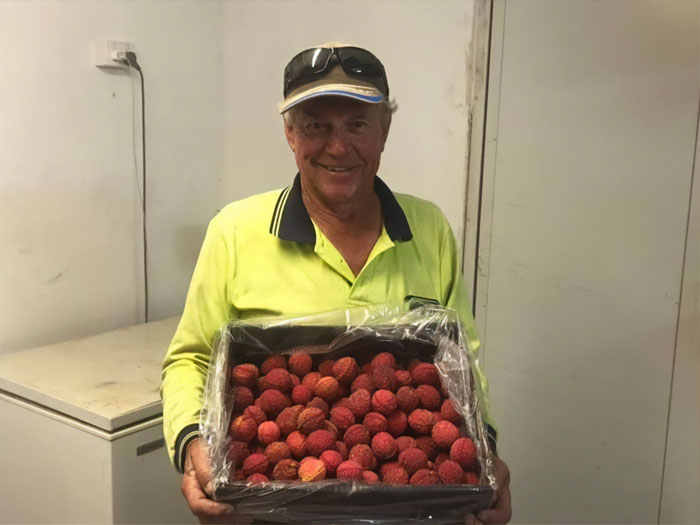
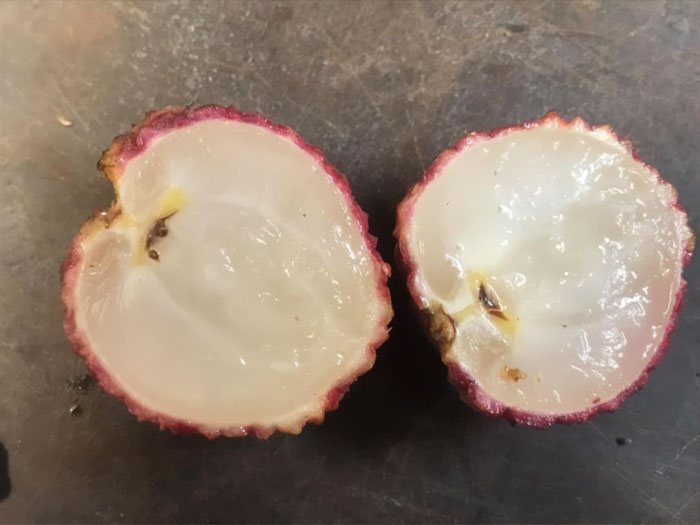
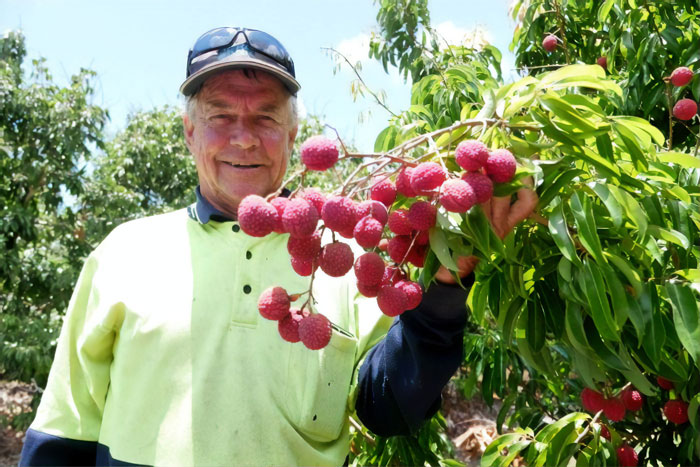
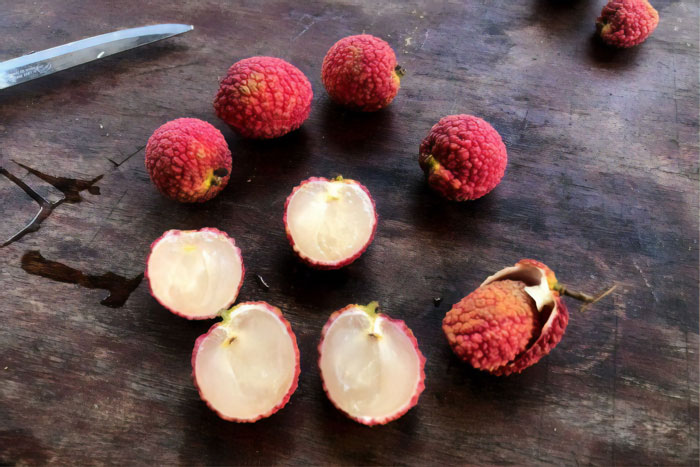
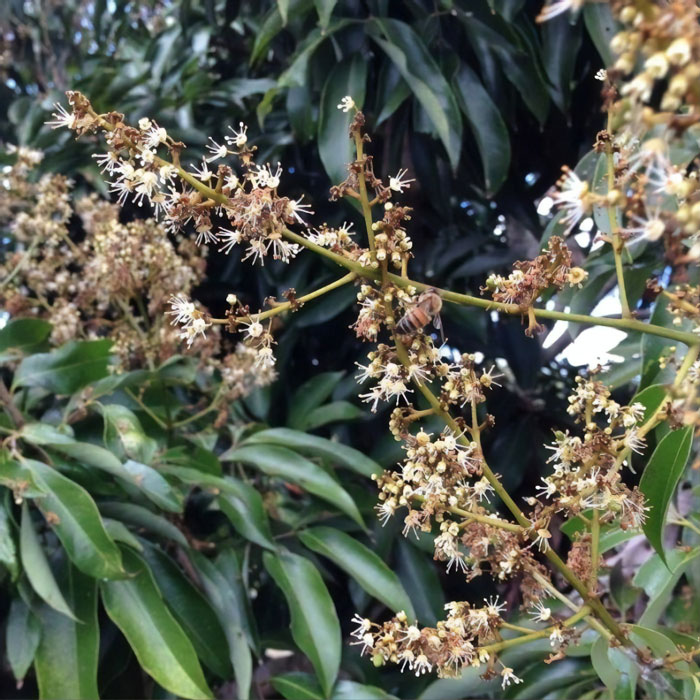
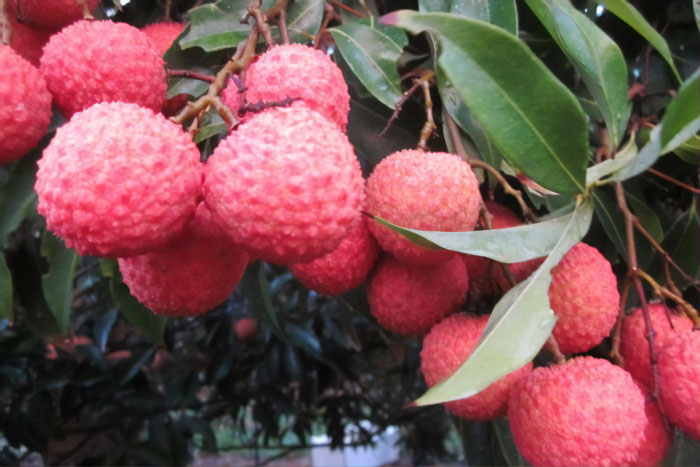



158
27